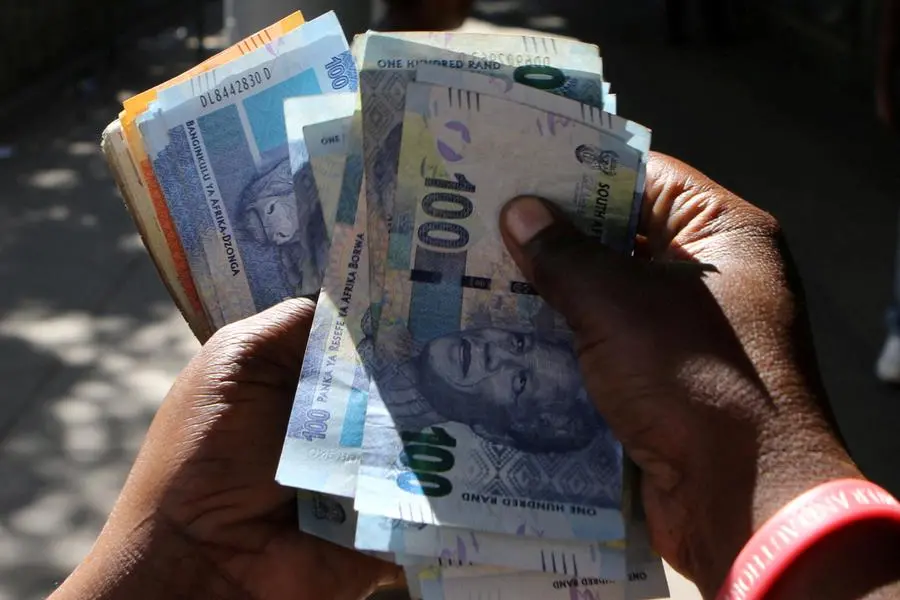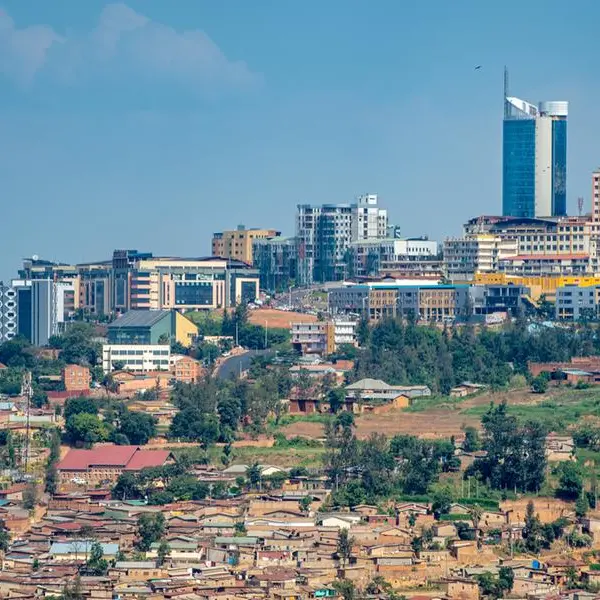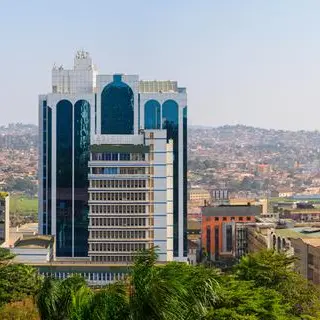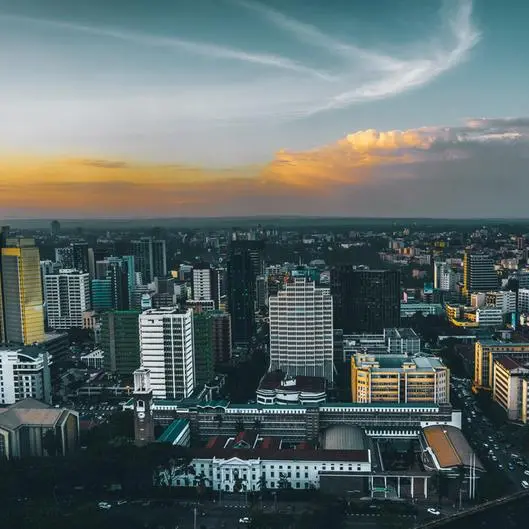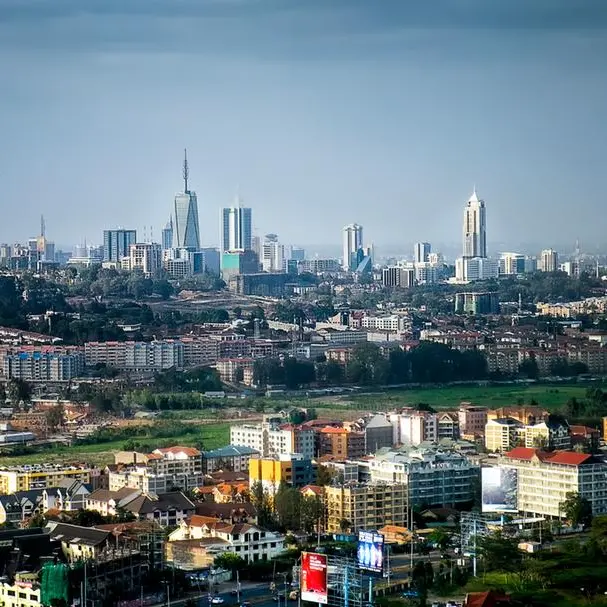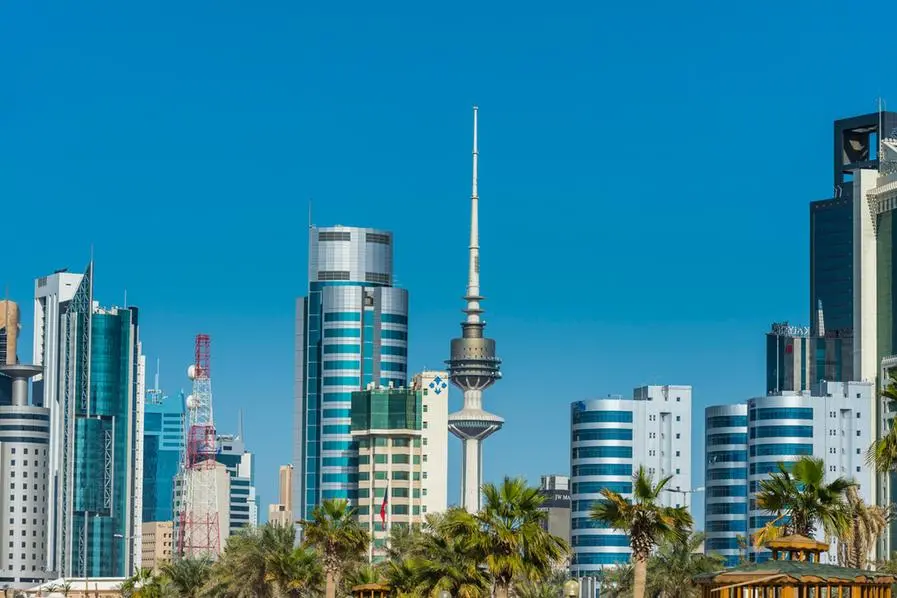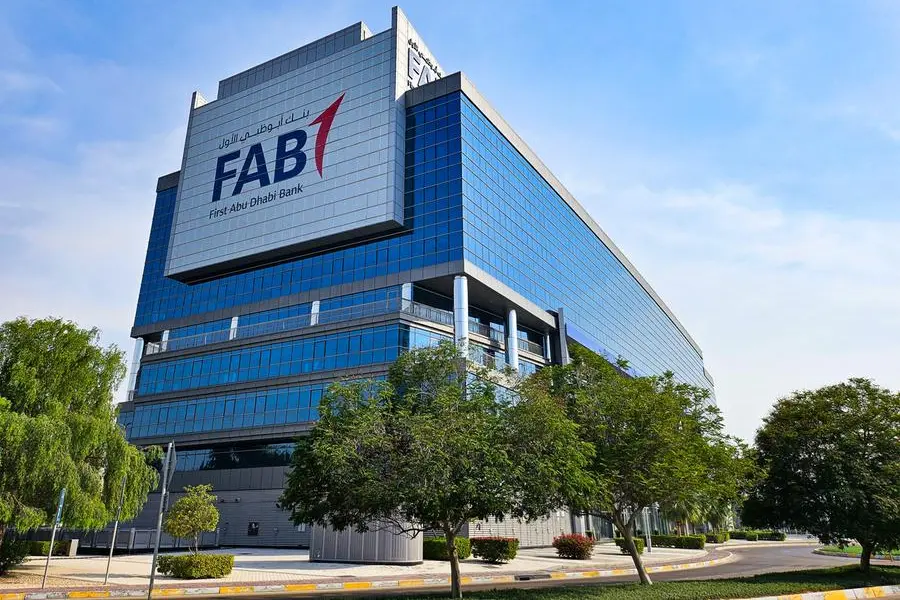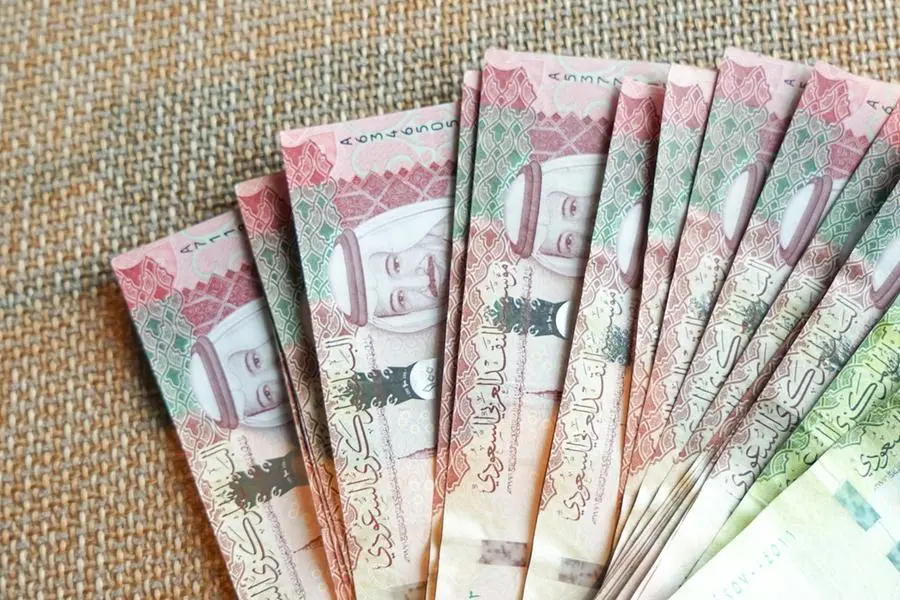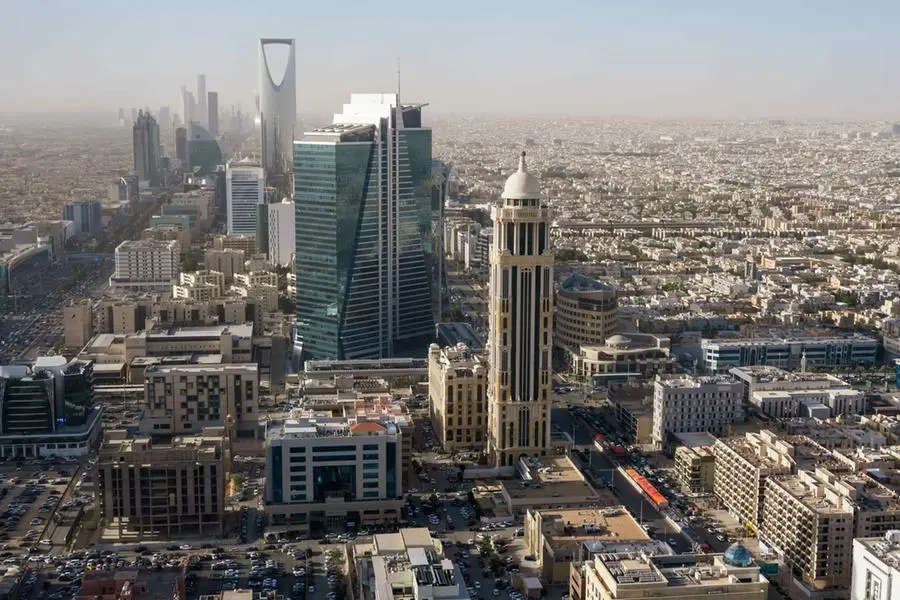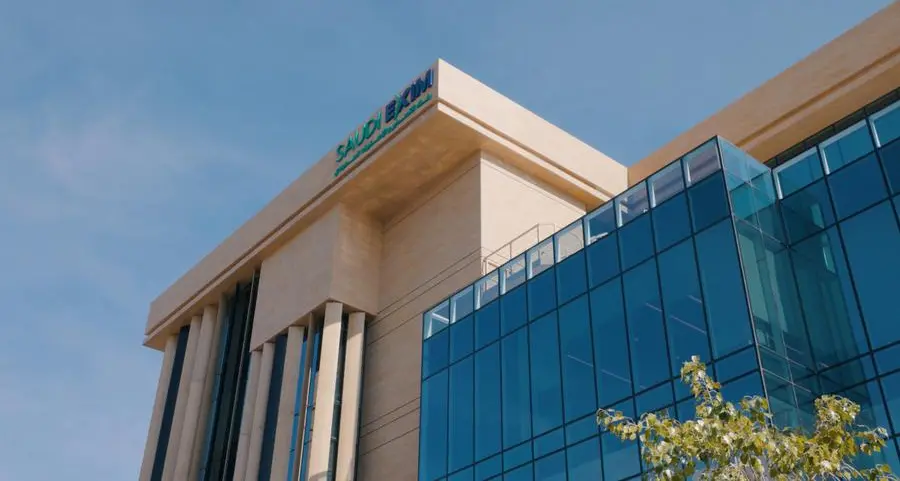PHOTO
FILE PHOTO: A street money changer counts South African rand in Harare, May 5, 2016. REUTERS/Philimon Bulawayo/File Photo
South Africans' hopes have been dashed as the Monetary Policy Committee (MPC) unanimously decided to only lower its repo rate by 25 basis points to 8% per annum, with effect from Friday, 20 September.
"The MPC ultimately reached a consensus on 25 basis points, agreeing that a less restrictive stance was consistent with sustainably lower inflation over the medium term," Lesetja Kganyago, the South African Reserve Bank governor said.
He characterised the decision as prudent and aligned with the cautious measures adopted by central banks globally.
"There is so much uncertainty; so many moving variables, and as such we are targeting inflation not interest rates. We have revised our inflation focus. Whereas previously it was 4.9%, it will now average 4.6%."
The forecast rates, he said are moving towards a neutral stance next year, with lower inflation expectations and stabilising headline inflation expected in 2025-2026.
And while South Africa's growth accelerates, investment remains a concern. The case for Sarb's caution, he said, is further bolstered by the difficult and unpredictable geopolitical environment, with risks of inflationary shocks through trade restrictions and supply chain disruptions, among other factors.
"There are scenarios where inflation could undershoot the baseline focus, if oil prices are lower or the exchange rate appreciates further. Conversely, inflation could be higher than our baseline forecast given scenarios such as higher housing costs, larger electricity price increases or wage increases that outrun inflation and productivity growth.
"Meanwhile, food inflation is a source of concern despite recent improvements. Geopolitical risks are heightened and could generate further economic shocks. Policy uncertainty is also a factor in various parts of the world, with trade restrictions.
"Debt levels are rising and might go much higher. This mix could add significant inflationary pressure to the world's economy, generating tighter financial conditions for South Africa and other countries."
For the time being, the South African rand has performed relatively well, strengthening more during the year than most peer currencies.
South Africa's output was below expectations for the first half of the year, but growth is expected to improve in the second half with a 0.6% growth rate in both quarters.
The pace of growth nonetheless remains below longer-run averages, of around 2%, and investment has been contracting for four consecutive quarters.
"A stronger investment performance is a pre-requisite for sustained higher growth, and although we continue to expect an investment recovery, its scale and speed will be a key indicator of South Africa’s longer-run economic prospects," Kganyago said.
"The risks to the growth outlook are assessed as balanced."
All rights reserved. © 2022. Bizcommunity.com Provided by SyndiGate Media Inc. (Syndigate.info).
